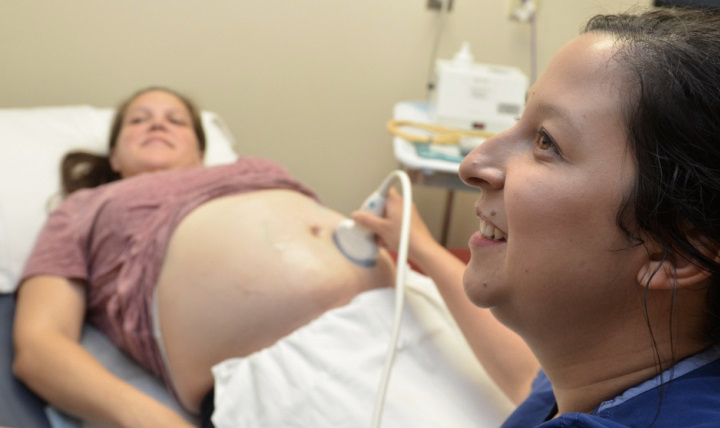Globally, there is little controversy about the benefits of normal, physiological birth for healthy mothers and babies. Nor is there disagreement on the need for rapid and safe access to interventions for the few who need them, or for women’s choice based on clear and comprehensive information. Recognising this, the UK Royal College of Midwives (RCM) was alarmed by a 2001 study of five English hospitals, in which only one in three women experienced normal birth.1 In response, the RCM set up a campaign to enhance the capacity of midwives to support women who wanted such a birth. In 2014, the campaign was broadened into the Better Births Initiative.
In August 2017, the UK media picked up on this three-year-old change, along with the 2015 Morecambe Bay report, which noted five factors associated with maternal and neonatal deaths in one small hospital Trust. One was excessive support for normal birth by a few local midwives. Ignoring the other four factors, the media said the RCM campaign had catalysed a “cult-like fixation on ‘normal’ births” that was fuelling a record rise in newborn babies with brain injuries. This was inflammatory and factually inaccurate. There is no evidence of a rise in neonatal brain injuries in the UK, and normal birth rates are steadily falling. Such disinformation risks increasing fear and anxiety in pregnant women and their families.
A range of print and online media have consistently implied that getting rid of the RCM campaign will help decrease neonatal mortality rates.2 There is, in fact, no evidence that the campaign was directly responsible for any deaths, and the absence of the campaign since 2014 does not seem to have had any effect on mortality. Despite this, the UK Secretary of State for Health tweeted his support for the unsubstantiated assertion. Meanwhile, in the Morecambe Bay hospitals, less than one in three women and babies had births without intervention in 2014–2015, and the rates of forceps use and perineal cuts and tears in the two main hospitals were higher than the UK average. The C-section rate was around 30 percent overall (much higher than the 10 percent average rate above which there is no advantage for mother and baby), and the induction rate was over 40 percent (the WHO recommendation is that induction should be performed only when there is a clear medical indication for it and the expected benefits outweigh its potential harms). The media did not consider these factors relevant to their reporting.
The current impression given in UK mainstream and social media is that there is widespread and reckless support for normal birth as a direct result of the RCM campaign; that this denies choice for women; and that the normal birth issue is the only one of relevance to safety. If a very small minority of midwives were – or are – promoting unsafe normal birth or denying women choice, this should, of course, be addressed, as should negligence in other maternity care professionals.
However, the lack of balance in the current reporting obscures examination of the whole range of underlying factors that contribute to unsafe maternity care in specific cases, or more generally. Crucially, it does not present enough information to allow women to make informed choices for or against intervention for them and their babies. This feeds directly into the “too much, too soon” agenda, and increases “just-in-case” use of routine interventions.
The solar eclipse visible across the USA recently was greeted with scientific excitement and awe rather than prophesies of doom. So far, so good for Enlightenment rationality. However, the debate in the UK over normal birth is more like Alice in Wonderland. Individual experience and belief, polemical accusation, “alternative facts,” and the careless use of social media at senior political levels are overtaking careful consideration of the wider picture. Rather than decreasing deaths or morbidity, it is more likely to do the opposite in the longer run.
